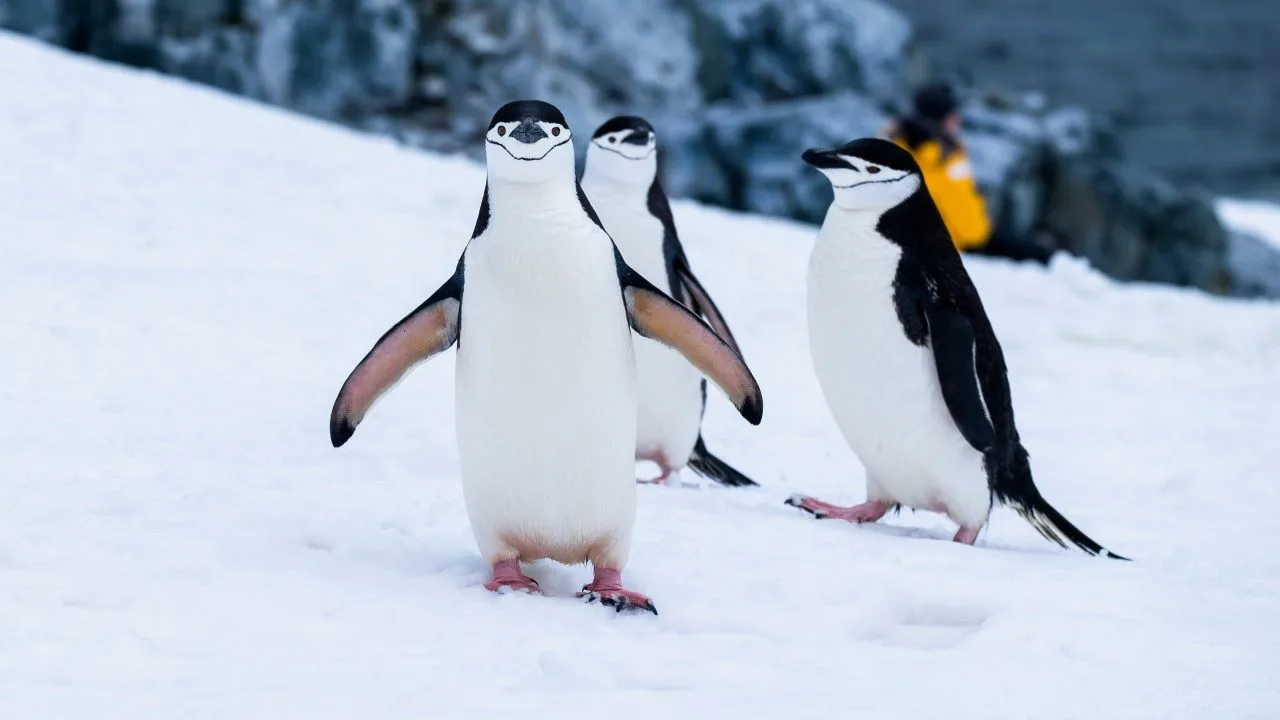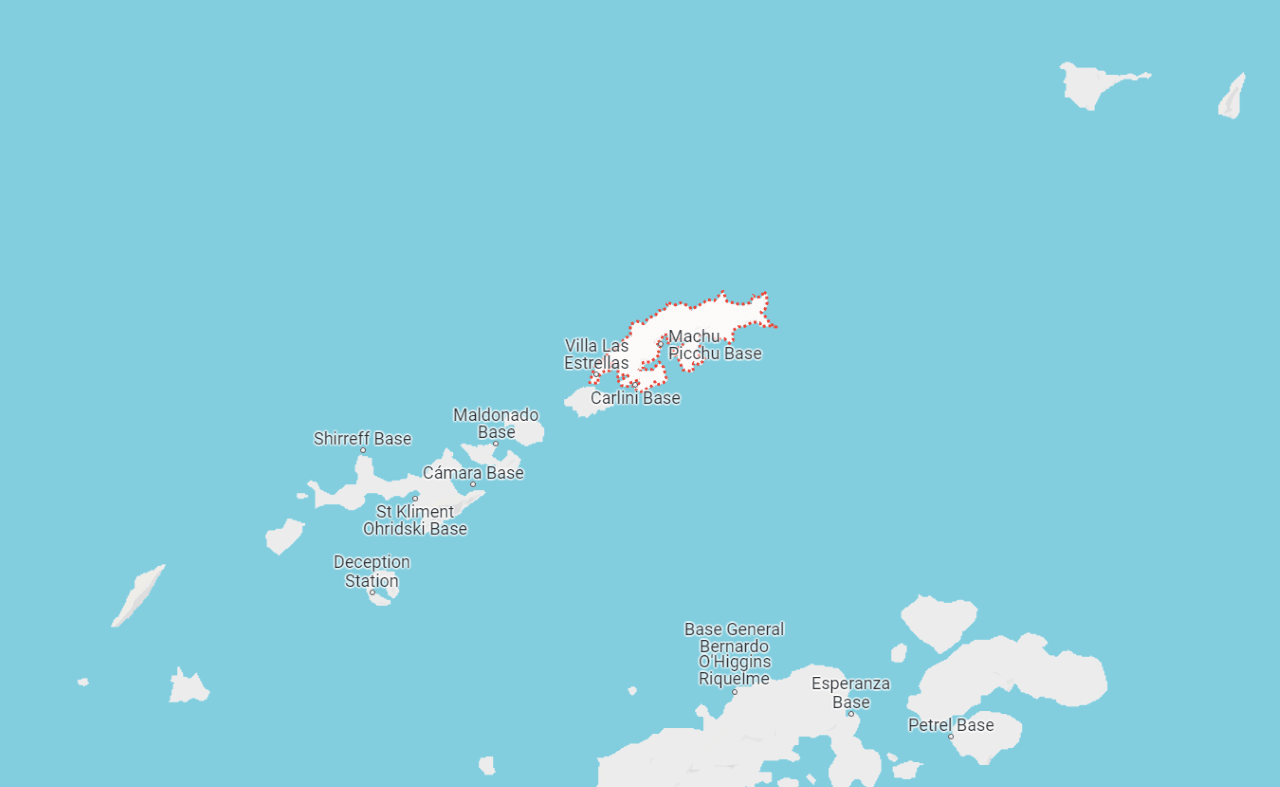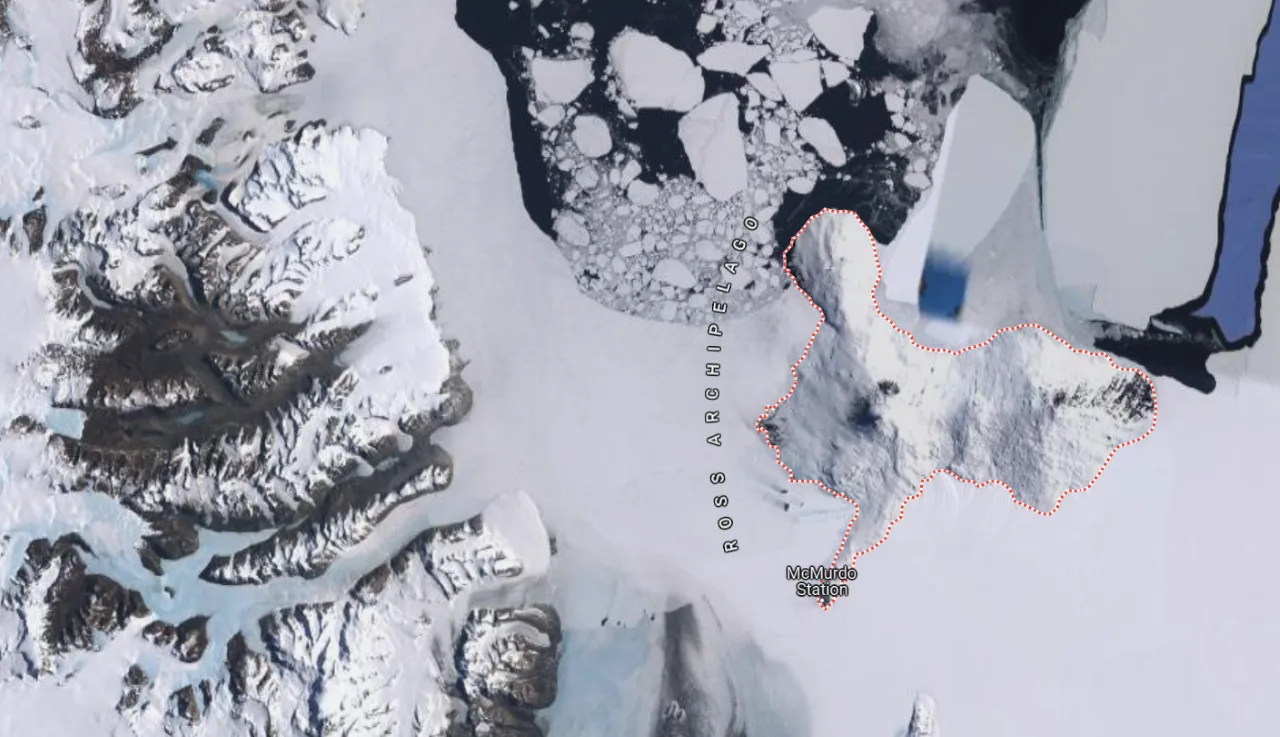Close your eyes and visualize yourself standing at the edge of a frozen expanse, surrounded by towering icebergs and endless white plains stretching as far as the eye can see. You are not just anywhere; you are at the bottom of the world, in Antarctica, the last great wilderness on Earth.
This icy continent, wrapped in mystery and wonder, lures both adventurers and scientists to uncover its secrets and marvel at its wonders.
As you set off on your adventure into the heart of Antarctica, you will discover a land of extremes, where temperatures plummet to unimaginable lows and wildlife thrives in the most unlikely of places.
From the majestic emperor penguins waddling across vast ice shelves to the ethereal beauty of the Southern Lights dancing in the night sky, Antarctica is a place like no other.
Join me as I unravel the mysteries of this frozen continent and uncover the untold stories that lie beneath its icy surface.
Welcome to Antarctica – prepare to be amazed.
Exploring Antarctica

Antarctica, located at the southernmost tip of the Earth, is a continent defined by its icy expanse and extreme climate.
Situated almost entirely within the Antarctic Circle, this vast landmass is surrounded by the Southern Ocean.
Antarctica’s geography is dominated by ice, with ice sheets covering about 98% of its surface. These colossal ice sheets hold approximately 70% of the world’s freshwater, making Antarctica the largest single repository of fresh water on the planet.
When you travel into this frozen wilderness, you’ll find glaciers, towering icebergs, and expansive ice shelves stretching as far as the eye can see.
Despite its seemingly barren landscape, Antarctica is also recognized as the world’s largest desert due to its minimal precipitation.
Prepare to endure temperatures dropping below -50°C (-58°F) in winter and barely rising above freezing in summer, as you experience firsthand the extreme climate conditions that define this remote continent.
Wildlife
As you wander through Antarctica, you’ll see a fascinating array of wildlife adapted to survive in this icy wilderness.
You can watch penguins waddling around on the ice, looking adorable as they go about their day. Keep an eye out for seals chilling out on ice chunks or swimming in the cold water.
If you’re lucky, you might even spot huge whales splashing around in the ocean!
And don’t forget to look up – you’ll see lots of birds flying overhead, adding to the excitement of your adventure in Antarctica.

Scientific Research
Antarctica serves as a natural laboratory for scientists from around the world, offering unparalleled opportunities for research in fields such as climatology, glaciology, geology, biology, and astronomy.
The continent’s pristine environment and isolation make it an ideal location for studying climate change and its impacts on global ecosystems.
Scientists from all over the world come to study and learn about this icy continent. They drill deep into the ice to collect samples that tell them about the Earth’s history and climate.
By studying the ice, they can understand how our planet has changed over thousands of years. Scientists also study the wildlife here, like penguins and seals, to learn how they survive in such extreme conditions.
Antarctica is also a great place to study space because the air is clear and free from pollution. By doing research here, scientists can learn more about our planet, its past, and how it might change in the future.

Tourist Attractions
Antarctica offers a once-in-a-lifetime opportunity to experience one of the most remote and pristine regions on Earth.
While the continent is primarily known for its breathtaking icy landscapes and unique wildlife, there are several tourist attractions that captivate visitors from around the globe.
You can watch penguins hanging out in their colonies, or go on tours to see huge icebergs breaking off glaciers and floating in the ocean.
There are also lots of seals, whales, and birds to spot if you like animals. You can visit old research stations and learn about the people who lived there.
For those who like adventure, you can go kayaking or take small boat rides to explore the icy waters up close.
And make sure to bring your camera – Antarctica is full of amazing sights that you’ll want to remember forever!
| Tourist Attraction | Description |
|---|---|
| Penguin Colonies | You can observe various species of penguins, such as emperor penguins and Adélie penguins, in their natural habitat. |
| Glacier Viewing | You can enjoy breathtaking views of massive glaciers and towering icebergs. |
| Wildlife Watching | Visitors can go on guided excursions to spot diverse wildlife, including seals, whales, and seabirds. |
| Historic Sites | Tourists can explore historic sites, such as research stations and huts used by early explorers like Ernest Shackleton. |
| Kayaking and Zodiac Cruises | For adventurous travelers, kayaking and Zodiac cruises offer an immersive way to explore Antarctica’s icy fjords and pristine coastlines. |
This table provides a glimpse of the diverse tourist attractions available in Antarctica, offering visitors a chance to experience the continent’s natural beauty and rich history firsthand.
Notable Islands in Antarctica

- King George Island: It’s one of the biggest islands near Antarctica. Many scientists go there because it’s not as freezing as other places.
- Deception Island: This island looks like a horseshoe. It’s a volcano that’s still active. A long time ago, people used it for hunting whales and later for scientific research.
- South Georgia Island: Even though it’s not exactly part of Antarctica, it’s close enough. It’s famous for having lots of different animals like penguins and seals.
- Ross Island: Located near the Ross Sea, this island is home to several historically important sites, including the huts of Antarctic explorers Ernest Shackleton and Robert Falcon Scott. It also hosts McMurdo Station, the largest research station in Antarctica.
- Elephant Island: This island is best known as the desolate refuge where Ernest Shackleton’s crew was stranded for over four months during the Imperial Trans-Antarctic Expedition of 1914-1917.
- Paulet Island: Situated in the Weddell Sea, Paulet Island is home to one of the largest Adélie penguin colonies in Antarctica. It also serves as a breeding ground for other seabirds such as skuas and petrels.
- Peter I Island: This uninhabited volcanic island is located in the Bellingshausen Sea. It is one of the most remote and least visited places on Earth, primarily due to its harsh climate and difficult access.
- Aitcho Islands: These small islands are situated off the northern tip of the Antarctic Peninsula. They are important breeding grounds for several species of seabirds, including gentoo and chinstrap penguins.
- Livingston Island: Located in the South Shetland Islands archipelago, Livingston Island is home to several research stations and serves as a base for scientific studies in the region. It features diverse landscapes, including glaciers, mountains, and ice-free valleys.
- Anvers Island: Another island in the Palmer Archipelago, Anvers Island is known for its scientific research stations and its role as a hub for ecological and oceanographic studies in the Antarctic Peninsula region.
These are just a few examples of the numerous islands scattered across the vast and icy landscape of Antarctica, each with its own unique features and significance in the study of the continent’s environment and ecosystems.
FAQs
Where is Antarctica located?
Antarctica is situated in the southernmost part of the Earth, surrounding the South Pole. It is the coldest, windiest, and driest continent on the planet.
Is Antarctica a country?
No, Antarctica is not a country. It is a continent, but it doesn’t belong to any single nation. Instead, it is governed by an international treaty system known as the Antarctic Treaty, which sets aside the continent as a place for peaceful scientific research.
Can tourists visit Antarctica?
Yes, tourists can visit Antarctica, but it requires careful planning and coordination. Most visits are conducted as part of organized tours or cruises.
Tourists can experience Antarctica’s stunning landscapes, wildlife, and scientific research stations while adhering to strict environmental guidelines to minimize their impact on the fragile ecosystem.
Does anyone live in Antarctica?
Antarctica is not permanently inhabited by humans. However, it is home to numerous scientific research stations operated by different countries around the world.
These stations are staffed by scientists and support personnel who live there temporarily to conduct research.
Conclusion
- Antarctica, located at the Earth’s southernmost point and surrounded by the Southern Ocean, offers a mesmerizing wilderness for exploration.
- Its tourist attractions, including penguin colonies and stunning glaciers, captivate visitors with their beauty.
- However, beyond its allure lies its global significance as a crucial regulator of Earth’s climate and environment.
- Preserving Antarctica’s pristine landscapes and delicate ecosystems is essential for future generations.
- Through responsible stewardship, we can ensure that Antarctica continues to inspire wonder and serve as a beacon of scientific discovery.

